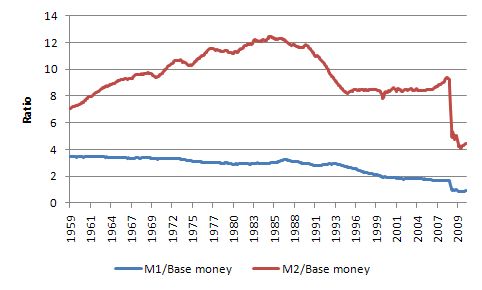A Kindergarten Guide to Modern Monetary Theory by Frank Ashe
When reading about modern monetary theory I suggest the following procedure:
Bill Mitchell
- Forget who you are.
- Forget what you think of government – good or bad – unless you are going to be able to get rid of government (that is, establish pure communism) you are stuck with it.
- Forget what you think of social policy – you may hate the unemployed or you may feel compassion – forget all emotions.
- Forget what nation you live in – it doesn’t matter.
- Forget all prior economic concepts and training (if any).
- Then just try to understand what you read.
Bill Mitchell
 !
!

Comment